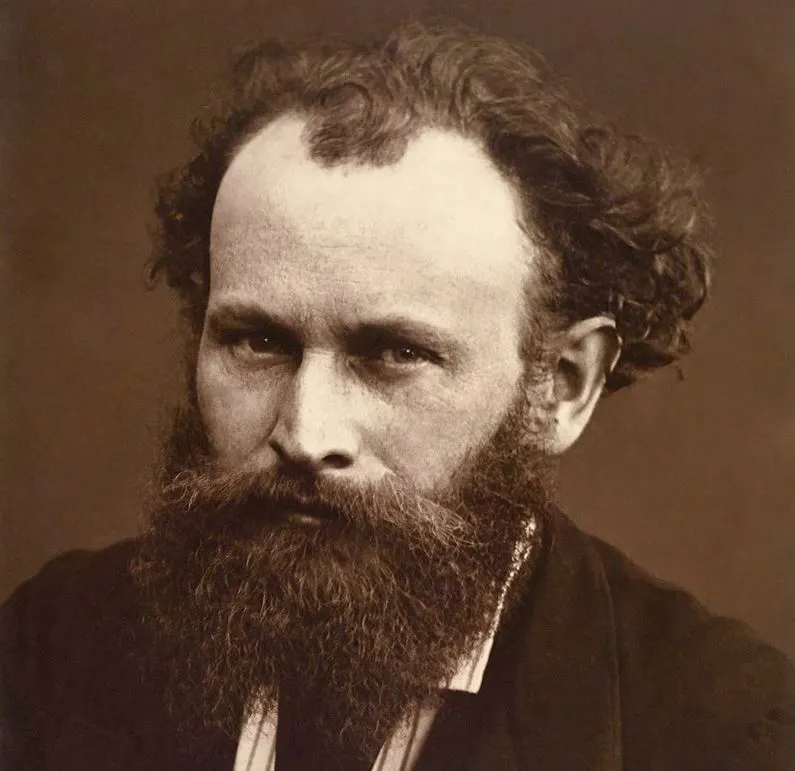The history of art in France can be traced back to the European art of the Upper Paleolithic which started between 40,000 and 35,000 years ago. This is the oldest art form in the world and the region that is Frane today was the center of it.
Following the Fall of the Roman Empire, Merovingian art created in France between the 5th and the centuries A.D. became the predecessor of the European Christian art that developed into Romanesque and Gothic art of the Middle Ages.
The Renaissance emerged in Italy around the 15th century, a period in which France lost its role as the center of innovation in Europe, but slowly regained it during the 17th and 18th centuries when Rococo artists and Neoclassical artists dominated the scene.
Many of the most famous French artists in history formed a bridge between the Old Masters and modern artists during the 19th and 20th centuries, allowing France to regain its position leading position in the world of art.
With this brief French art history lesson out of the way, let’s check out some of the most famous French artists!
1. Claude Monet
Claude Monet (1840-1926) was one of the most influential French artists of the 19th century. He was the pioneer of the Impressionist artists and his painting “Impression, Soleil Levant” (1874) was the inspiration for the art movement.
He was one of the many Fench artists who formed a bridge to art created in modern times, especially in terms of depicting one’s perception when it comes to nature. He created some of his most famous works during the final decades of his life when he lived and worked in a country house with an amazing garden in Giverny, northern France.

2. Eugène Delacroix
Eugène Delacroix (1798-1863) became the leading Romantic artist of the French school during the 1820s and is known for creating monumental works of art. His most famous work, “Liberty Leading the People” (1830) has become one of the most iconic paintings ever created in France as it depicts the events of the French Revolution of 1830.
He was one of the artists who was initially derided when his paintings were first displayed at the Paris Salon during the 1820s. This was mainly because his dramatic depiction of events, full of emotion, was in sheer contrast to the academic Neoclassical style that had dominated art in France in the late 18th and early 19th centuries.

3. Paul Cézanne

Paul Cézanne (1839-1906) was one of the leading Post-Impressionist artists who is considered to have formed a bridge between the ideals of the Impressionist painters just before him and the Cubist artists who followed him. In that regard, his paintings were admired by the likes of Matisse and Picasso who referred to him as “the father of us all.”
Although the works of Cézanne were admired by the younger generations, they were often ridiculed by conservative critics who preferred the academic style of the 19th century. This is reflected in the fact that it took nearly 2 decades before one of his works was accepted at the Paris Salon, albeit with the help of a friend.
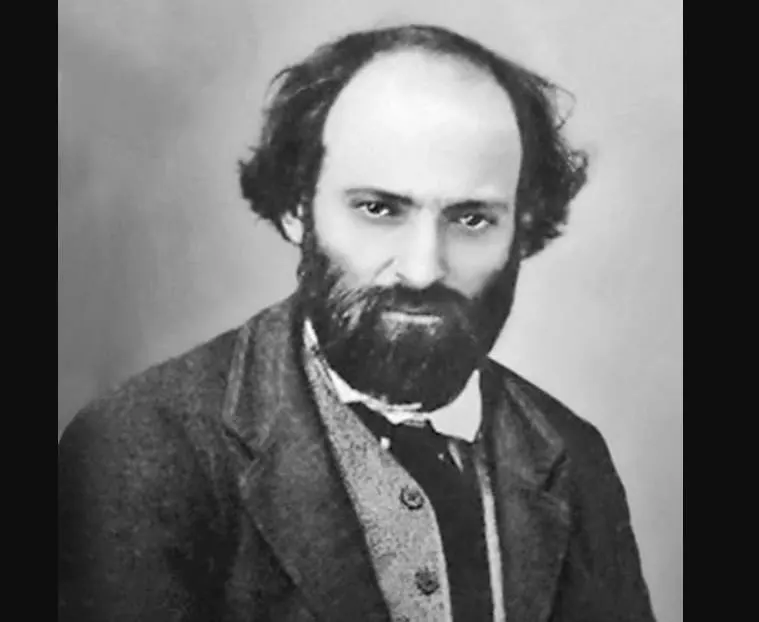
4. Auguste Rodin
Auguste Rodin (1840-1917) was a French sculptor who was one of the pioneers of modern sculptures. His works “The Thinker” (1904) and “The Kiss” (1882) are some of the most famous and most-replicated sculptures in history, regardless of their initial lukewarm reception by conservative critics.
He was as known to use a sense of naturalism that was lost during the period that Neoclassical sculptors dominated the scene, especially when it comes to mythological and allegorical sculptures. By the early 19th century, he became one of the most sought-after sculptors, something that allowed him to attract rich private clients from all across the world.
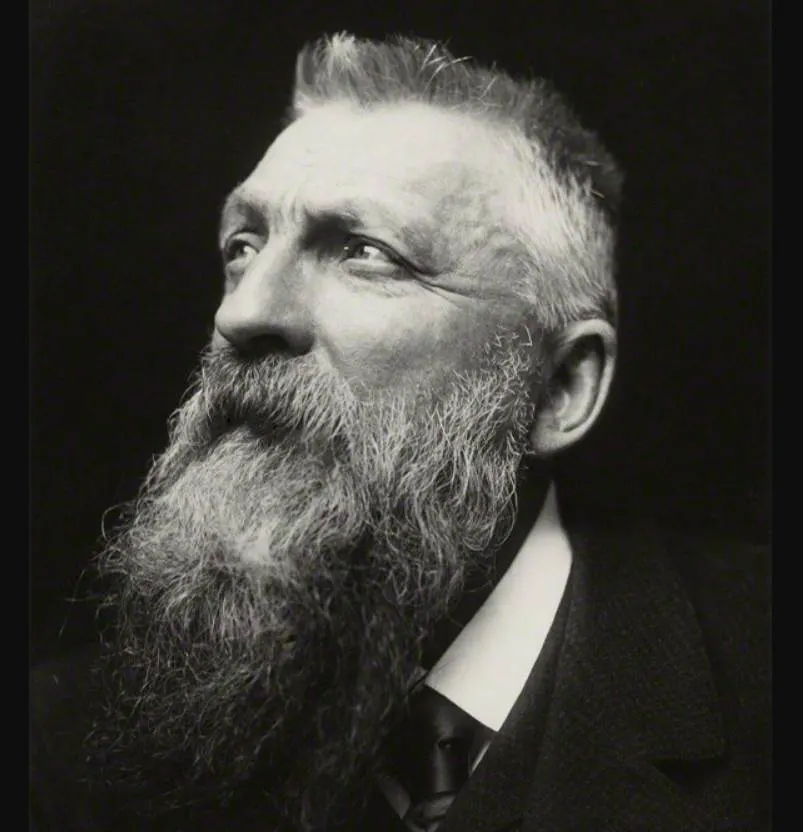
5. Jacques-Louis David
Jacques-Louis David (1748-1825) was one of the most famous Neoclassical artists of his time. He was one of the first artists in the late 18th century who abandoned the frivolity of Rococo, an extremely theatrical style that was the preference of the French court during the final decades of the Ancien Régime.
Because he moved away from what was expected at the time, it took a couple of tries before he won the Grand Prix of Rome, a prestigious award for aspiring artists. He took it to heart and eventually joined the French Revolution, something that lead him to become the personal painter of Napoleon Bonaparte during the Napoleonic Wars.

6. François Boucher
François Boucher (1703-1770) was the court painter of Louis XV, something that means he was the leading Rococo artist of his time. Boucher was briefly the mentor of Jacques-Louis David as well while he was still a young aspiring artist. This was shortly before he decided to ditch the flamboyant scenes depicted by the leading artists at the time.
Boucher was an artist who defined the era in which he lived. The exaggerated romantic scenes, the subtle eroticism, and the overly idyllic scenes were a reflection of life at the French court where he was employed. Apart from painting portraits and genre paintings, he also created large classical and mythological works, as well as decorative allegories.
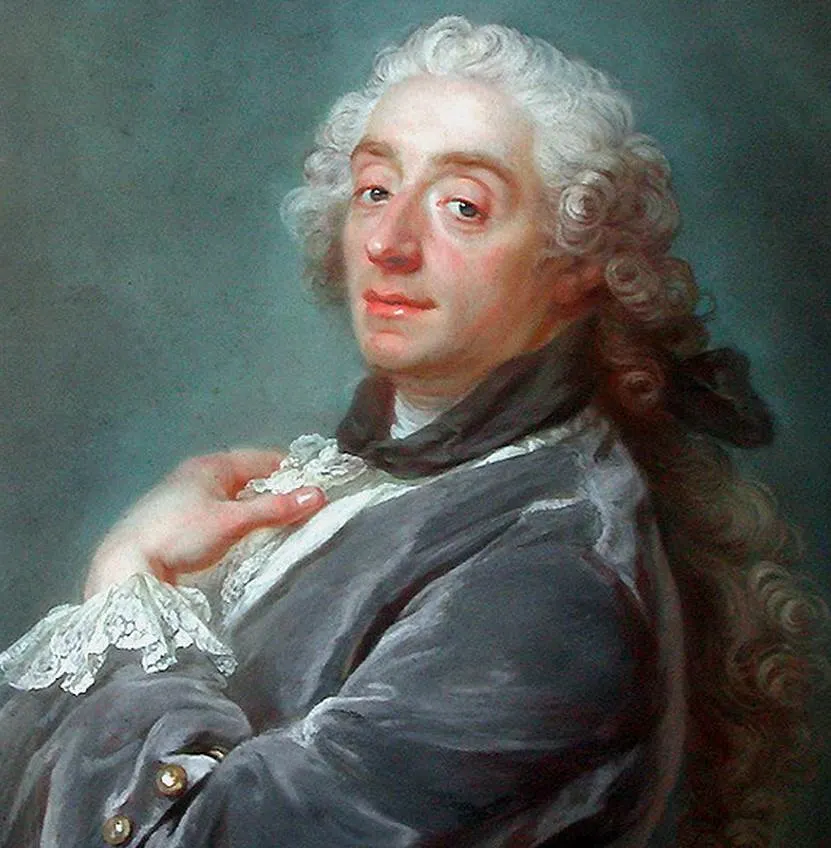
7. Gustave Courbet
Gustave Courbet (1819-1877) was the pioneer of the Realism art movement and the leading Realism artist of the 19th century. Courbet was another artist who rejected the ideals of what conservative academic critics expected from art and although the critics didn’t appreciate his artworks, he started gaining recognition pretty fast.
This was mainly because of the extreme level of realism he integrated into his art, painting only what he could observe. Although many of his works were accepted at the Paris Salon during the 1840s, his monumental work “The Artist’s Studio” was rejected for the World Expo of 1855. This eventually laid the foundation for the “Salon des Réfusées” after he set up his pavilion adjacent to the Expo.
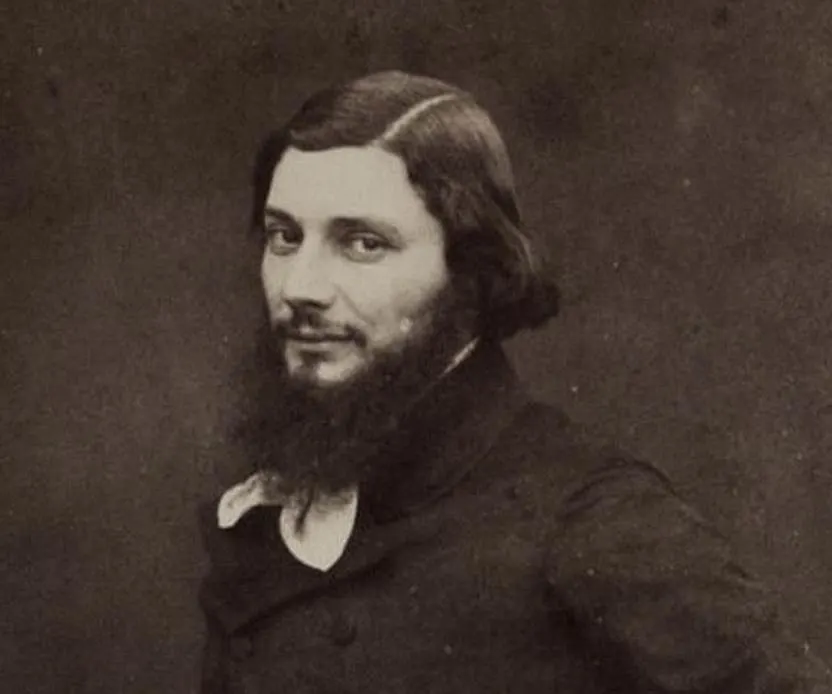
8. Jean-Honoré Fragonard
Jean-Honoré Fragonard (1732-1806) was another Rococo artist who managed to capture the hedonism and eroticism at the French court during the final years of the Ancient Régime. Many of his most famous works are genre paintings depicting subjects that were popular during this period in history, including love letters and couples kissing and seducing each other.
His most famous work is called “The Swing” (1767) and is considered to be the ultimate representation of the Rococo art movement. He was a student of François Boucher and eventually became just as famous as his master, although it took until the second half of the 19th century before his oeuvre was appreciated as such.
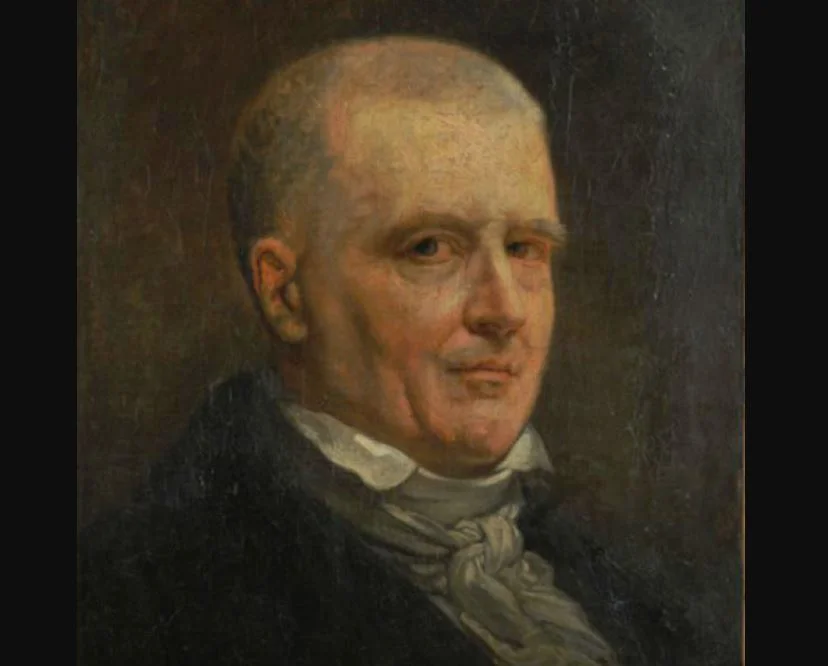
9. Henri Matisse
Henri Matisse (1869-1954) was one of the leading figures of Les Fauves, a group of artists that played a major role in the transition of the world of art into Modernism. Most of his most famous paintings were produced during this early period in the 20th century, although his career lasted numerous decades.
He is best known for pioneering the use of bright colors in combination with spontaneous brushstrokes. This painting technique inspired numerous of his colleagues and artists of future generations, including Pablo Picasso, who was his friend and lifelong rival. His paintings made him world-famous but he was also a renowned draughtsman, printmaker, and sculptor.
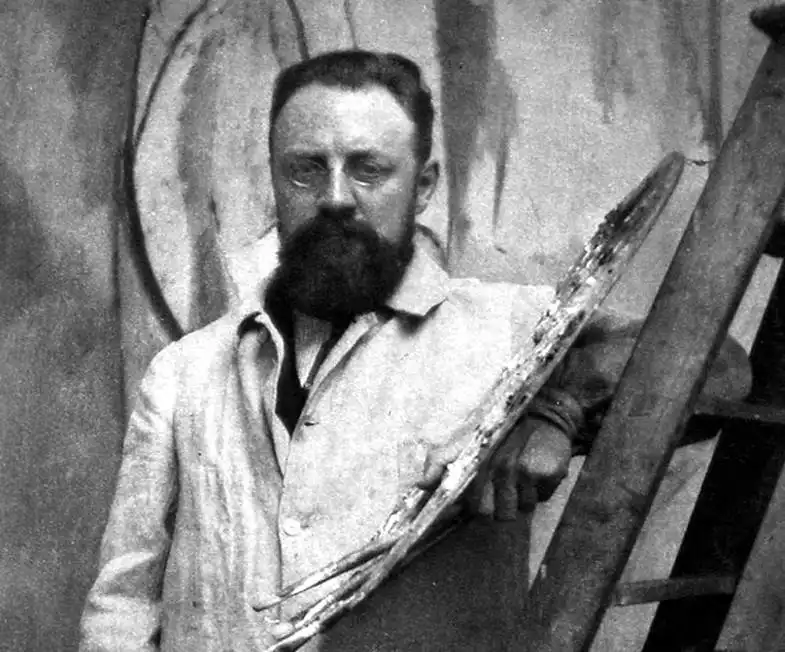
10. Nicolas Poussin
Nicolas Poussin (1594-1665) was born in a small village in the Normandy region of France and moved to Paris as a teenager. He studied art but didn’t manage to make a name for himself in the city for multiple years because of the unfavorable climate at the time. He didn’t belong to a guild and all the major patrons selected only a few artists for commissions.
He attempted several times to travel to Rome and finally managed to settle in the city in 1624. Apart from a brief period in the early 1640s, he never left the city and produced most of his famous paintings here. His works can be defined as heavily inspired by classical antiquity and clarity. In that sense, he formed a great inspiration for Neoclassical artists.

11. Jean-Antoine Watteau
Jean-Antoine Watteau (1684-1721) was born in the city of Valenciennes in the northern part of France. He moved to Paris when he was still a teenager and developed a theatrical style of painting. His works would eventually form the base of the frivolous Rococo style that other French artists integrated into their paintings.
The career of Watteau was cut short but he was pivotal in the transition of the Baroque era to the exaggerated theatrical style known today as Rococo. His influence can’t be underestimated, although he never really managed to get the sense of recognition he earns today. A style called “Fête Galante” is credited to him.
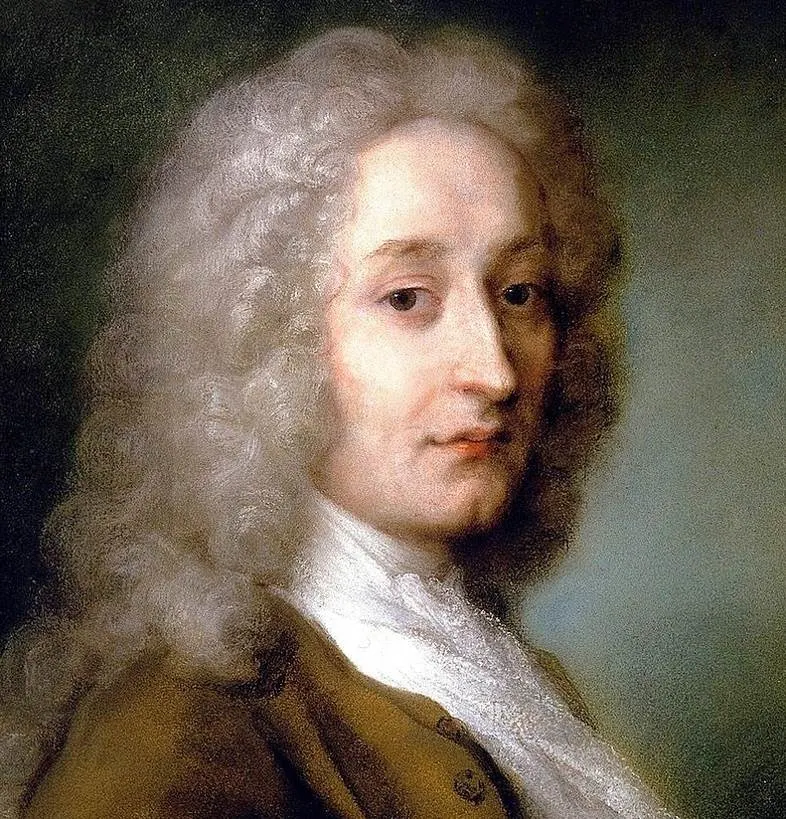
12. Georges Seurat
Georges Seurat (1859-1891) was a Parisian artist who received an academic education and the prestigious École des Beaux-Arts in Paris. After his military duty in the early 1880s, he aimed to perfect a painting technique now referred to as Pointillism. This consist of applying multiple small dots to produce amazing paintings.
Just a few years later, he started working on two of the most famous Post-Impressionist masterpieces of the late-19th century called “Bathers at Asnières” (1883-1884) and “A Sunday Afternoon at La Grande Jatte” (1884-1886). Unfortunately, his promising career was cut short as he passed away at the young age of 31, but not without transforming the course of modern art forever.
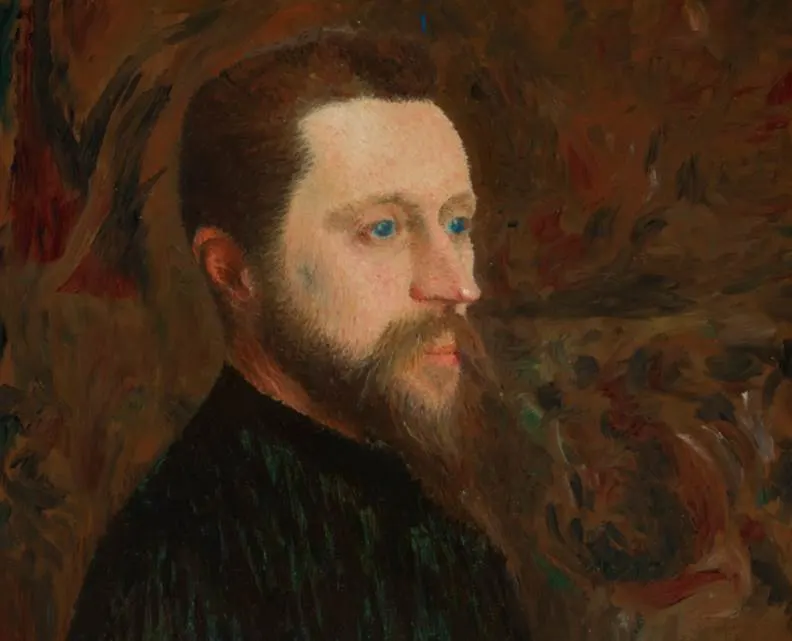
13. Jean-François Millet
Jean-François Millet (1814-1875) was born and raised in a small village in the Normandy region of France. He received a formal art education in Cherbourg and later went on to study art at the École des Beaux-Arts in Paris. He often submitted paintings to the Paris Salon during the first years of his career with mixed success.
He moved to the small town of Barbizon in the year 1849 and this radically changed both his painting style and subject matter. He ditched the idealized history paintings for realistic depictions of rural life. He was from a farming background himself and magnificently captured peasants in works such as “The Gleaners” (1857) and “The Angelus” (1859), two iconic Realism paintings.

14. Élisabeth Vigée Le Brun
Élisabeth Vigée Le Brun (1755-1842) was a French artist who grew up during the Rococo era and who is therefore classified as a Rococo artist. She was, however, significantly influenced by the Neoclassical artists of the late 18th century. She is famously known for painting over 30 portraits of French Queen Marie Antoinette (1755-1793).
Another great achievement in her life was becoming a member of the Académie Royale de Peinture et de Sculpture in 1783. This was the most prestigious art academy in France and only 15 women had been accepted for it at the time. She had to flee France in 1789 and lived and worked in Italy, Austria, Germany, and Russia, and was successful wherever she went.
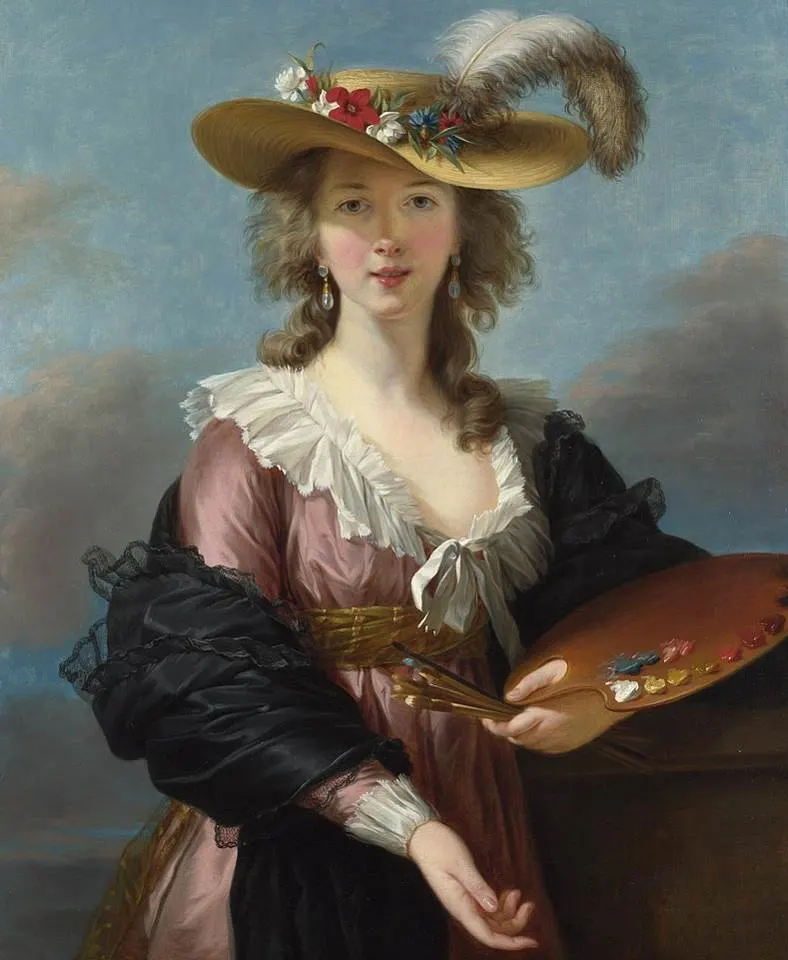
15. Odilon Redon
Odilon Redon (1840-1916) was a Symbolist artist who started his career by producing dark and gloomy lithographs which he referred to as his “Noirs” or “Blacks.” He became popular in France after being mentioned in a popular novel titled “À Rebours” (Against Nature) by Joris-Karl Huysmans which was published in 1884.
He radically changed his style when he started working in oils and pastels in the 1890s, a time when he was already in his 50s. He was influenced by Japanese art and started including colorful flower patterns in his work. The dreamy paintings he completed in the early 20th century were some of his most famous works.

16. Édouard Manet
Édouard Manet (1832-1883) is sometimes referred to as the Father of Modernism and that’s mainly because he formed a bridge between Realism artists and Impressionist artists. He was born into a wealthy family in Paris and fully started dedicating himself to art in the 1850s. He started painting in a Realism style which gradually became more painterly.
Some of his most famous paintings titled “Luncheon on the Grass” (1863) and “Olympia” (1865) became highly influential for future generations of artists and were very controversial at the time. He became the leader of a group of aspiring artists in the 1860s, even though he continued to submit his paintings to the Paris Salon throughout his career.
